News
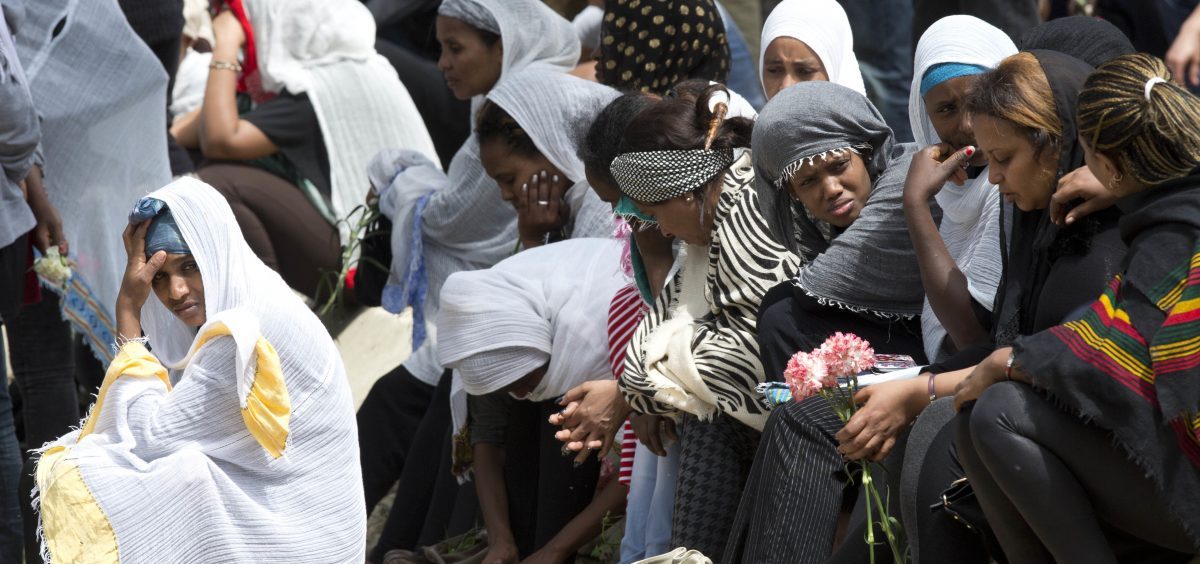
WOUB News • WORLD: The Daunting Task Of Identifying Missing Migrants
By: Joanna Kakissis | NPR
Posted on:
Santa Maria Addolorata Cemetery sits on a hilltop in Malta, a tiny island nation of sand-hued fortresses in the Mediterranean Sea between Italy and North Africa.
Birds perch on elaborate Roman Catholic crypts and tombstones chiseled with the names of loved ones — John, Ariadne, Carmello, Ouzeppa.
Near the tombs of babies, decorated with teddy bears desiccated by the sun, there’s a plot for those whose names are not known. It’s marked by a laminated sheet hanging on a tree. It reads: “Here 24 people rest in peace after drowning on 18 April 2015 in a shipwreck in the Central Mediterranean.”
At least 800 asylum seekers are thought to have drowned that day, when an overcrowded ship sank after leaving Libya. It was the worst known capsizing of a migrant ship.
Only two dozen bodies were found. They arrived in white body bags at the morgue of Mater Dei, Malta’s main hospital.
“They were 24 males,” recalls Dr. David Grima, the morgue manager, who supervised the autopsies that day. “There was a youngster, probably a 10-year-old. And the others were mostly in their twenties.”
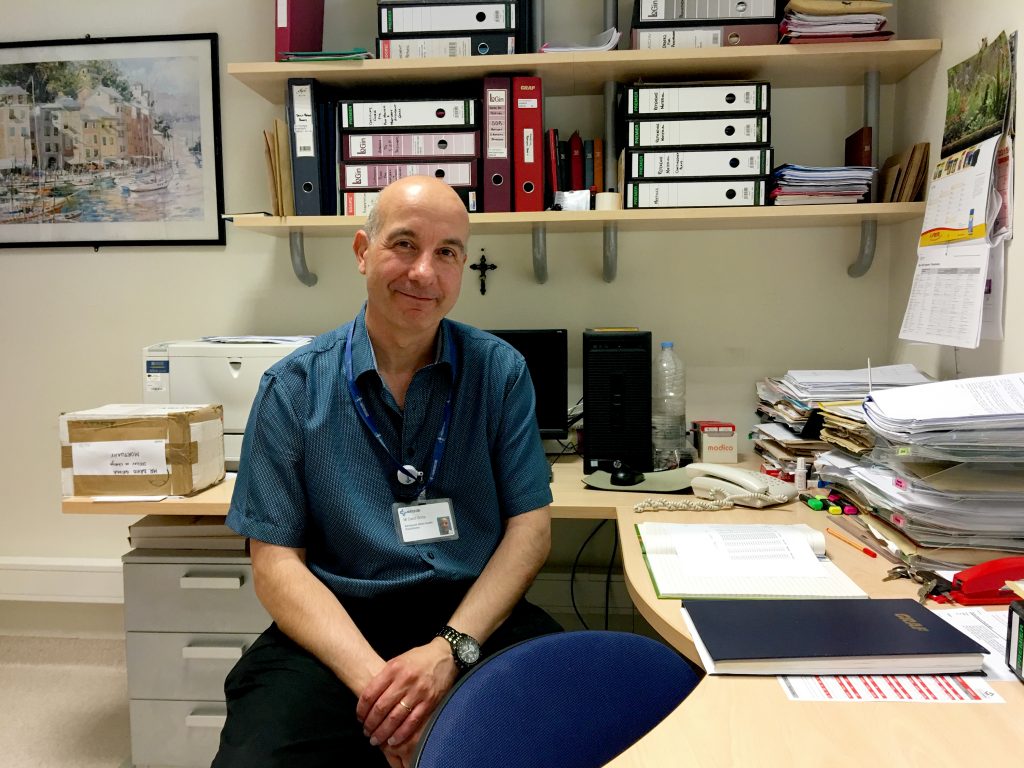
Body No. 132
Each body was assigned a number. The 10-year-old was No. 132.
“We have a record of his clothing and any possessions that he might have had,” Grima says. “We have forensic photos … the height, the hair color, eye color.”
Grima is bound by law not to reveal more details. The autopsy reports, which NPR requested from from the office of Malta’s attorney general, arrive in thick manila folders and include just a few pages on No. 132, indicated with yellow Post-it notes.
His autopsy, dated April 22, 2015, shows that he died of “asphyxia due to drowning.” He was 4 ft. 7 inches tall and wore matchstick-thin jeans and three shirts in layers — two T-shirts and a black-and-white checkered button-down shirt. On the back of his blue hooded jacket were printed the English words “Living the Dream.”
In photos of the dead boy, his big brown eyes, half-closed, are framed by long lashes. He’s all skinny legs, forever frozen in a growth spurt.
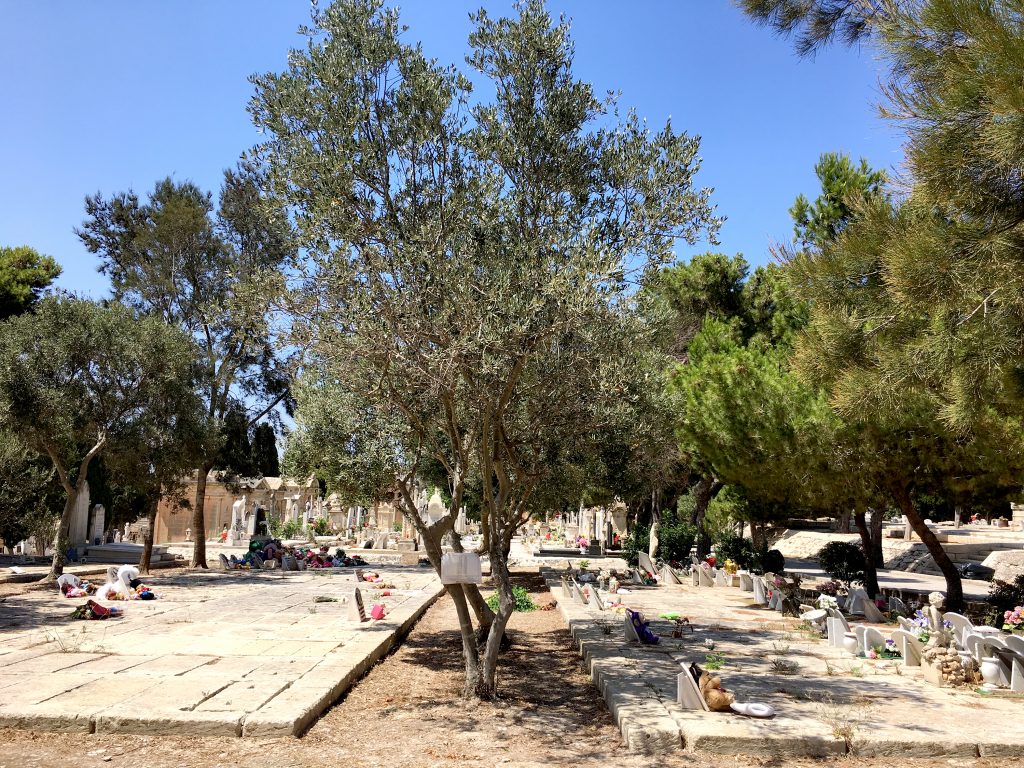
“There is a lot that must happen before the process even gets to that point,” says Glen Cachia of the Malta Red Cross, which assists with locating and identifying missing migrants.
Anyone looking for the boy must fill out questionnaires describing their relationship to him and details about his physical description or what he may have been carrying with him.
Cachia says he can’t recall any specific inquiries about No. 132, though he has received several about the April 2015 ship sinking, mostly from other migrants already in Europe.
“So I match to the day and I send the data to the forensic department at the hospital in Malta office for them to cross-check and see if there’s a possible match of some kind,” he says. “But we haven’t had any positives on them yet.”
Grima, the morgue manager, says the process is not as efficient as it could be. He’d like to see a common database, shared by several countries, of missing migrants and the relatives looking for them.
“It would make searching for the identity of someone much easier for us,” he says, “and especially for the families who seek closure.”
“A large-scale problem”
More than 1,600 miles northwest of Malta, there’s an organization that’s starting to make that happen.
The International Commission on Missing Persons, based in The Hague, is in the early stages of helping Malta and three other Mediterranean countries — Italy, Greece and Cyprus — share information on migrants buried in unmarked graves. The effort involves governments, humanitarian organizations and migrant associations. The idea is to start collecting investigative threads in these four countries on missing migrants and eventually begin to build a DNA database.
Thousands of unidentified migrants are buried in southern Europe — 8,000 in Italy alone. A British-funded research project from 2016 showed that very few of the dead have been identified and reclaimed by their families. The International Organization for Migration says 171,365 migrants arrived in Europe last year. More than 3,100 died, most of them along the dangerous central Mediterranean route from Libya to Italy.
“So Europe, they’re confronted now with a large-scale problem. And this is where we can come in — because we’ve dealt with large-scale disappearances in the former Yugoslavia,” says Kathryne Bomberger, the ICMP director-general.
“I do this for the families,” Bomberger says firmly. She’s an American whose high-octane cheer belies the grim work she’s led for two decades. “We’ve shown that you can find missing people, even against enormous odds, if you have a sustainable plan in place and if there is political will.”
The ICMP first set up its work in Sarajevo in 1996, as civil wars tore apart the former Yugoslavia. Funded by governments, including the U.S., as well as corporations such as Microsoft, it is the only international organization in the world exclusively devoted to identifying missing people.
Created as a blue-ribbon commission by President Bill Clinton, it began in the Western Balkans, where 40,000 people had gone missing during the wars of the 1990s. It was charged with identifying the missing war dead buried in mass graves. Since then, it has helped identify the remains of more than 18,000 people in the Western Balkans through advanced DNA testing.
The DNA samples of the missing war dead come from teeth and fragments of bone, because the bodies decomposed long before.
Lab director René Huel, a Canadian biochemist, explains that his team reduces about a gram of bone to liquid. “What you get out basically looks like a small drop of water,” he says. “That’s your purified DNA extract.”
Huel points to sealed white packets. One has been opened to reveal the contents: blue surgical gloves, cheek swabs and a small card for drops of blood.
“These are the reference kits that are sent out to families,” he says. “It has everything inside we need.”
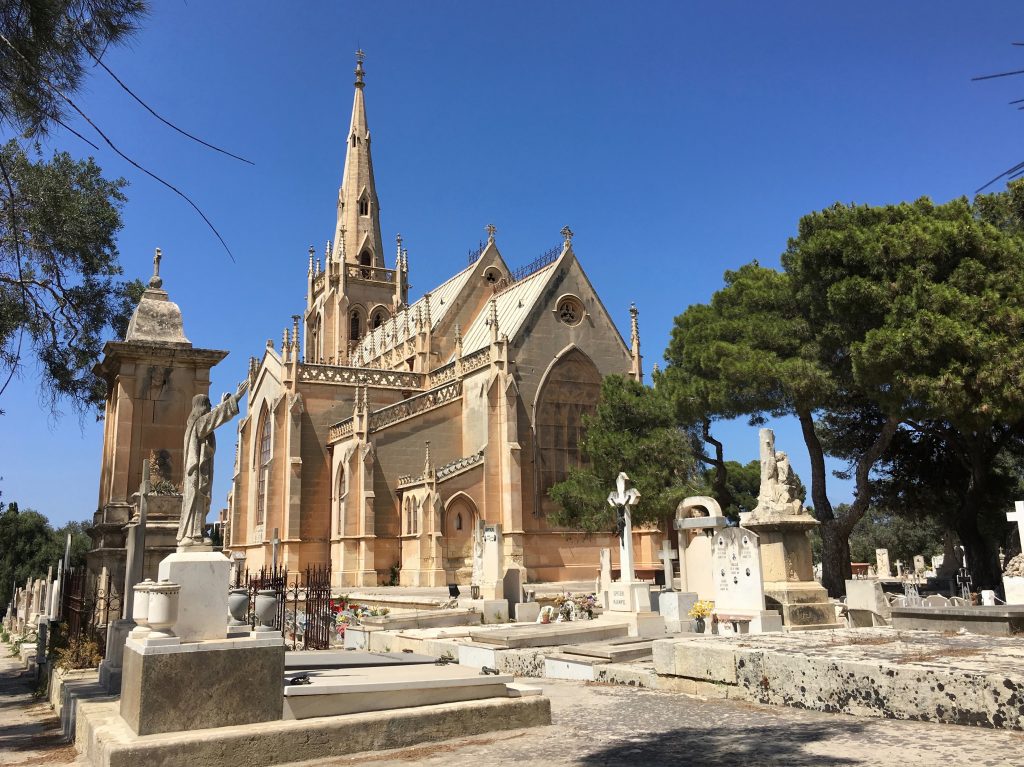
Identifying missing migrants is a much more daunting task than handling missing persons cases concentrated in a geographic area, he says.
“You have bodies in countries like Italy or Greece or Malta,” he says, “and family members in Somalia or Nigeria or Eritrea or stuck in Libya somewhere.”
The information-sharing program in the works with Malta, Italy, Greece and Cyprus is a start, he says, as is looping in international organizations such as the International Red Cross and the U.N. refugee agency.
“We all have to work together to bring together all the different threads of information,” Rizvic says. “Otherwise, I fear these bodies will never be identified.”
This nascent collaboration could be imperiled by politics at a time when the European Union sees migration as a politically toxic issue.
“At this early stage, we just want the governments to talk about information-sharing capabilities,” Bomberger says. “But there has to be political will.”
Rizvic hopes leaders can empathize with the families of the missing. In his native Bosnia, 30,000 people went missing during the war. He considers himself lucky that members of his own family did not end up dead or missing. But he knows many families who are still looking for the remains of loved ones.
“I saw how families suffered, not knowing what happened to the people they love,” he says, shaking his head. “They want to have even a piece of their loved one back — to pray over, to light a candle for.”
“Please don’t say he’s dead”
Selam Melake, a 24-year-old Eritrean refugee in Malta, has not seen her younger brother, Fanuel, in four years.
“The last time he contacted me was June 26, 2014, just before he got on that boat to make the sea journey,” says Melake, as her 3-year-old daughter gnaws on an iced doughnut in a bakery in the town of Hamrun.
“I told him to be careful,” she continues. “My brother was so polite. He never raised his voice at anyone, even when he was angry.”
She tells herself he’s stuck in Libya, silent because he lost his phone and can’t find a job to get a new one.
“Please don’t say my brother is dead,” she insists. “He is not dead.”
Major Sium, who runs an Eritrean migrants association in Malta, has heard these stories many times before.
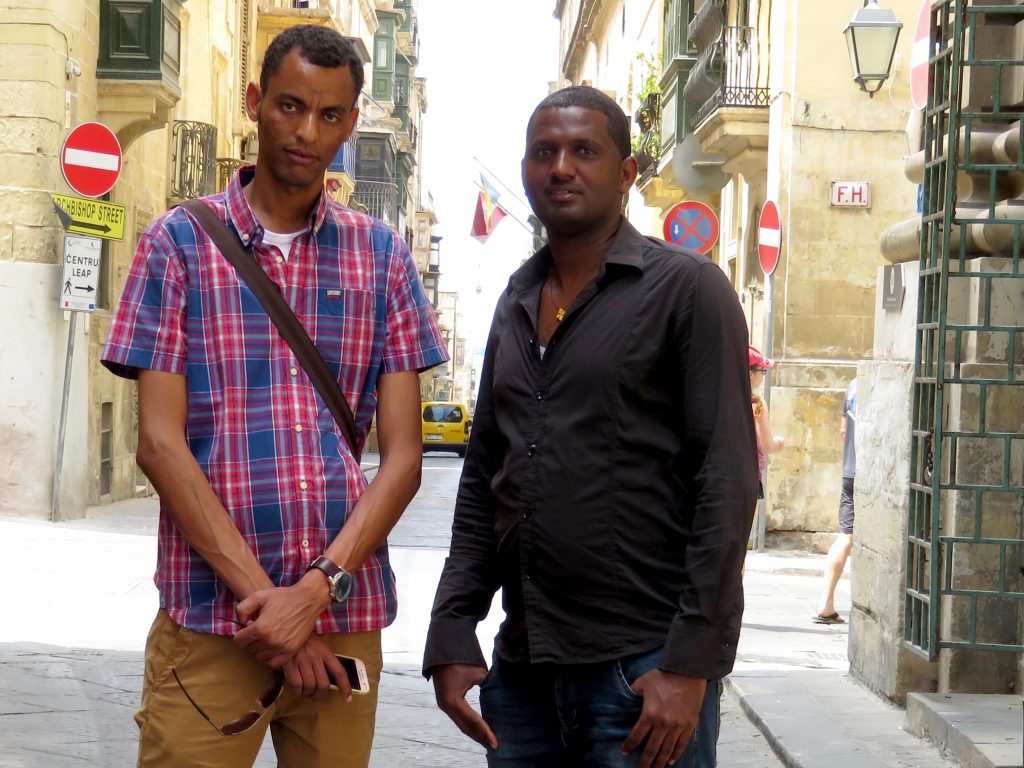
He fled Eritrea in 2012 and was rescued along with 300 other migrants while trying to cross the central Mediterranean on July 4, 2013. Malta took him in.
“Now times have changed,” he says.
Malta and Italy have closed their ports to private humanitarian ships carrying asylum seekers. Malta is even prosecuting the German captain of one rescue boat, the Lifeline.
“I worry there will be more drownings and more dead people without names to bury,” Sium says.
A close friend of his, another Eritrean teacher, was planning to be on the same doomed ship that went down in the Mediterranean on April 18, 2015.
“His name was Russom Tesfaldet,” Sium says. “He was 32, and he suffered so much in Eritrea. And then, to die in this way.”
Sium’s voice trails off. He looks away. His eyes fill with tears.
“Maybe he’s one of those 24 buried in the cemetery,” he adds. “I can’t get the thought out of my head.”
Sium was at the funeral in Malta three years ago, an interfaith service. A harpist played. Women wept. A Catholic bishop quoted scripture and an imam, Mohammed El Sadi, declared that Allah forgives the sins of those who die fleeing their homes.
Sium remembers how the Maltese prime minister and European Union leaders bowed their heads when soldiers carried in the brown wooden coffins. How the survivors of the sinking cried, inconsolable. How the coffins — including one small white one marked “Body No: 132” — disappeared, one by one, deep into the ground of Addolorata Cemetery.
Freelance producers Gordon Watson and Elise Ann Mifsud contributed to this story from Malta.
9(MDI4ODU1ODA1MDE0ODA3MTMyMDY2MTJiNQ000))

